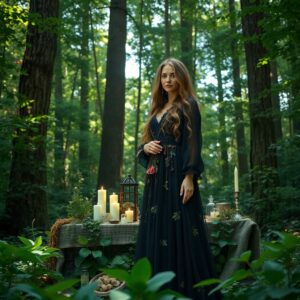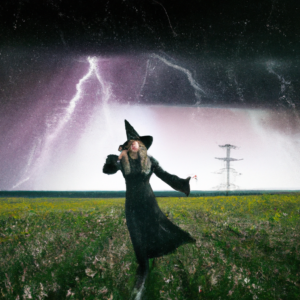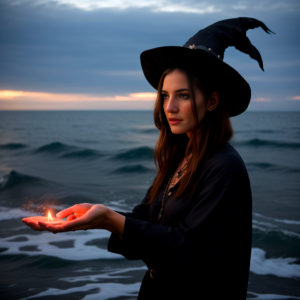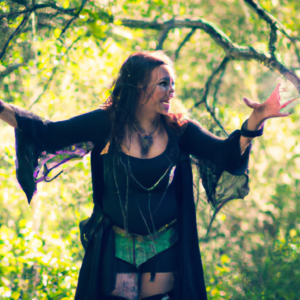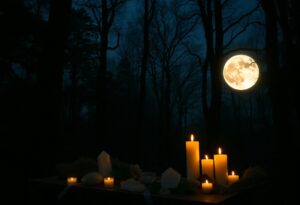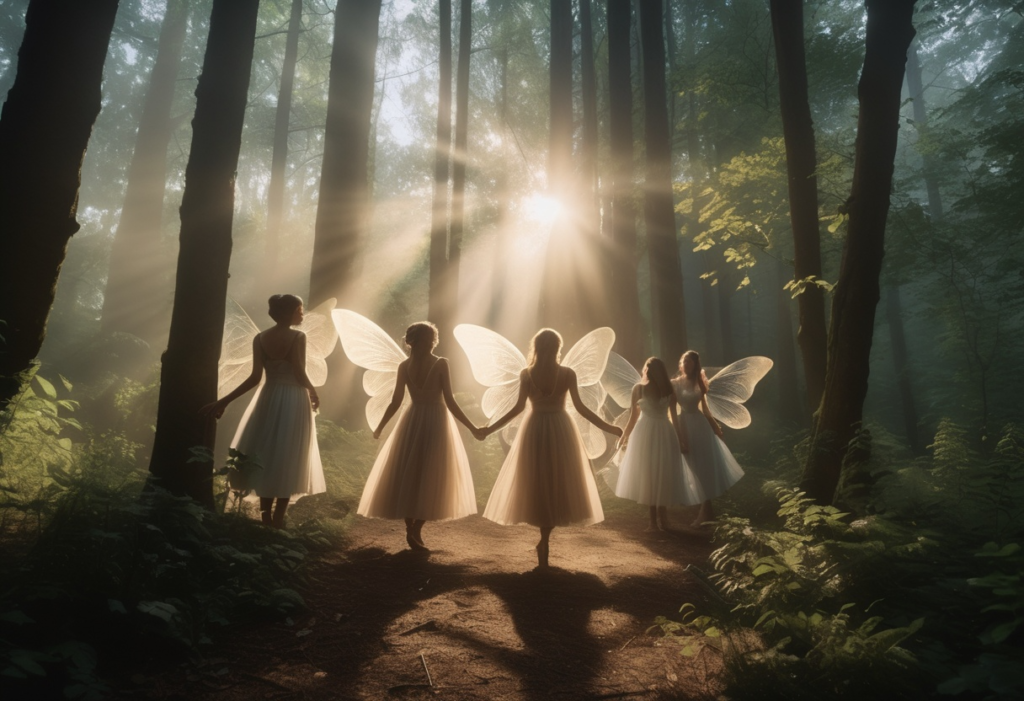
Faries have long been a fascinating and integral part of human culture, captivating our imagination with their ethereal beauty, mischievous antics, and mystical powers.
In the realm of paganism, fairies occupy a significant place, embodying the connection between nature, magic, and the supernatural. This article delves into the world of fairies, exploring their historical significance, mythical stories, and their role in modern pagan practices. Historical Significance of Fairies The concept of fairies has evolved over time, with roots dating back to ancient Celtic mythology.
The Celts believed in a realm of supernatural beings, known as the “sídhe” or “fairy folk,” who inhabited the land, forests, and mountains. These beings were thought to possess magical powers, controlling the seasons, weather, and natural forces. They were also believed to possess a deep connection to the land, and were often associated with fertility, prosperity, and protection. One of the most famous historical stories of fairies is that of the Fairy Queen Mab.
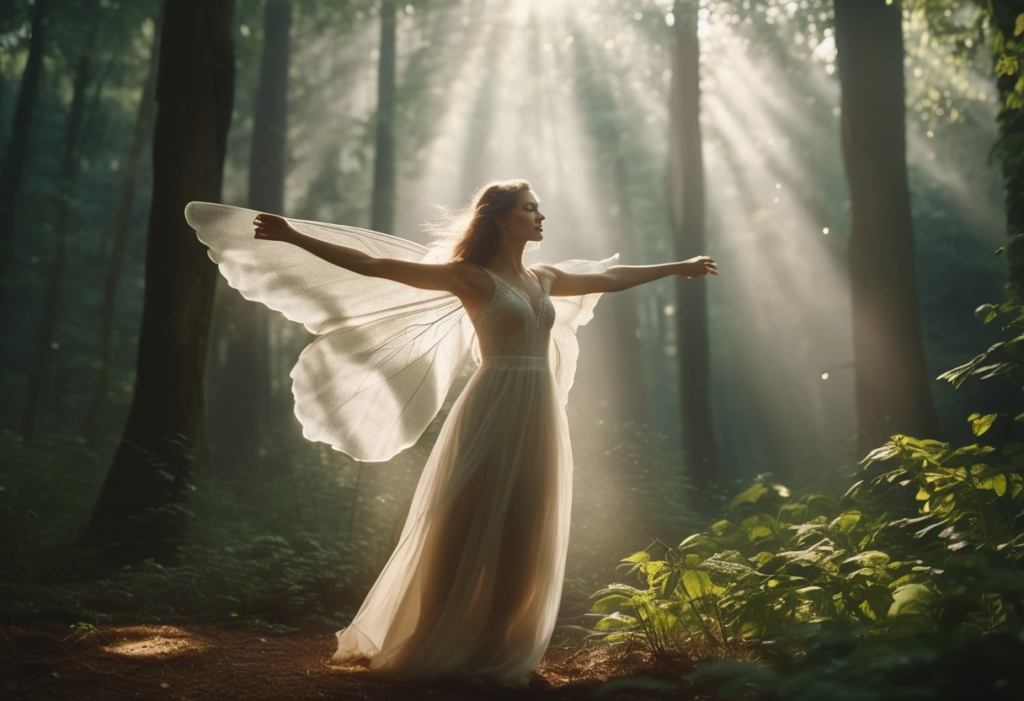 In medieval English folklore, Queen Mab was a powerful and beautiful fairy who ruled over the land of dreams.
In medieval English folklore, Queen Mab was a powerful and beautiful fairy who ruled over the land of dreams.
According to legend, she was a skilled healer and could control the dreams of mortals.
Her story has been immortalized in Shakespeare’s play “A Midsummer Night’s Dream.”
Another significant historical figure is the Green Man, a powerful fairy associated with nature and the cycles of life and death. In Celtic mythology, the Green Man was said to have the power to control the seasons, and was often depicted as a horned, green-skinned figure. Mythological Stories of Fairies Fairies have been a staple of mythology and folklore across cultures, with stories that continue to captivate and inspire us. Here are a few examples:
- In Welsh mythology, the Tylwyth Teg were a tribe of fairies who lived in the forests and mountains of Wales. They were believed to be gentle and kind, but could also be mischievous and troublesome.
- In Irish mythology, the sidhe were believed to be a tribe of fairies who lived in the land of the living and the dead. They were said to possess the power to control the weather, and were often associated with the Tuatha Dé Danann, the gods of ancient Ireland.
- In Slavic mythology, the Leshy was a powerful fairy who lived in the forests and was believed to possess the power to control the animals and plants of the forest.
Role of Fairies in Paganism
In modern paganism, fairies continue to play a significant role, embodying the connection between nature, magic, and the supernatural. Fairies are often invoked in rituals and spells to promote growth, protection, and healing. Here are some ways in which fairies are used in pagan practices:
- Nature Magic: Fairies are believed to possess the power to control the elements, and are often invoked in rituals to promote growth, protect crops, and heal the environment.
- Protection: Fairies are believed to possess the power to protect and defend against harm, and are often invoked in rituals to protect oneself, one’s loved ones, and one’s home from negative energies.
- Healing: Fairies are believed to possess the power to heal and cure illnesses and injuries, and are often invoked in rituals to promote healing and wellness.
- Divination: Fairies are believed to possess the power of divination, and are often used in rituals to gain insight and guidance.
Modern Fairy Practices In modern paganism, fairies are often incorporated into various practices, including:
- Fairy Circles: Fairy circles are a popular practice in modern paganism, where individuals gather in a circle to invoke the fairies and promote healing, growth, and protection.
- Fairy Rites: Fairy rites are rituals that are designed to invoke the fairies and promote specific outcomes, such as protection, healing, or growth.
- Fairy Meditation: Fairy meditation is a practice that involves using visualization techniques to connect with the fairies and promote a sense of peace and well-being.
Conclusion
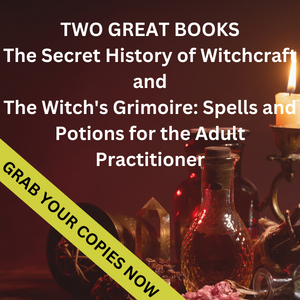 Faries have a rich history in paganism, with roots dating back to ancient Celtic mythology. From Queen Mab to the Green Man, and from the Tylwyth Teg to the Leshy, fairies continue to captivate and inspire us with their mystical powers, mischievous antics, and deep connection to nature. Whether you believe in the literal existence of fairies or view them as symbolic representations of nature and magic, they remain an integral part of many pagan traditions.
Faries have a rich history in paganism, with roots dating back to ancient Celtic mythology. From Queen Mab to the Green Man, and from the Tylwyth Teg to the Leshy, fairies continue to captivate and inspire us with their mystical powers, mischievous antics, and deep connection to nature. Whether you believe in the literal existence of fairies or view them as symbolic representations of nature and magic, they remain an integral part of many pagan traditions.
